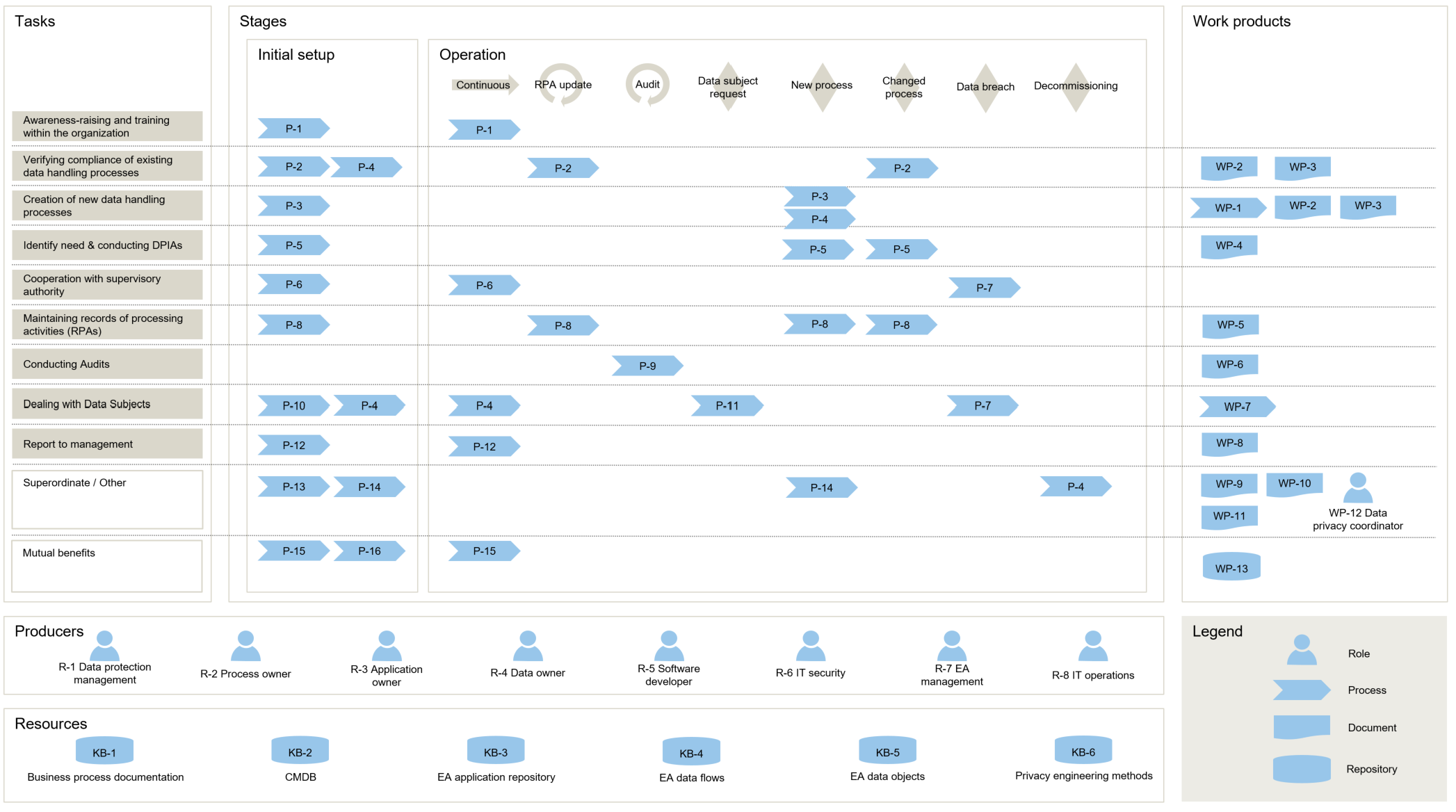Paper titled Modeling aspects of the language of life through transfer-learning protein sequences published at BMC Bioinformatics Journal
Mar 10, 2020
The paper titled "Modeling aspects of the language of life through transfer-learning protein sequences" was pusblished at BMC Bioinformatics Journal.
Abstract:
Background One common task in Computational Biology is the prediction of aspects of protein function and structure from their amino acid sequence. For 26 years, most state-of-the-art approaches toward this end have been marrying machine learning and evolutionary information. The retrieval of related proteins from ever growing sequence databases is becoming so time-consuming that the analysis of entire proteomes becomes challenging. On top, evolutionary information is less powerful for small families, e.g. for proteins from the Dark Proteome.
Results We introduce a novel way to represent protein sequences as continuous vectors (embeddings) by using the deep bi-directional model ELMo taken from natural language processing (NLP). The model has effectively captured the biophysical properties of protein sequences from unlabeled big data (UniRef50). After training, this knowledge is transferred to single protein sequences by predicting relevant sequence features. We refer to these new embeddings as SeqVec (Sequence-to-Vector) and demonstrate their effectiveness by training simple convolutional neural networks on existing data sets for two completely different prediction tasks. At the per-residue level, we significantly improved secondary structure (for NetSurfP-2.0 data set: Q3=79%±1, Q8=68%±1) and disorder predictions (MCC=0.59±0.03) over methods not using evolutionary information. At the per-protein level, we predicted subcellular localization in ten classes (for DeepLoc data set: Q10=68%±1) and distinguished membrane-bound from water-soluble proteins (Q2= 87%±1). All results built upon the embeddings gained from the new tool SeqVec neither explicitly nor implicitly using evolutionary information. Nevertheless, it improved over some methods using such information. Where the lightning-fast HHblits needed on average about two minutes to generate the evolutionary information for a target protein, SeqVec created the vector representation on average in 0.03 seconds.
Conclusion We have shown that transfer learning can be used to capture biochemical or biophysical properties of protein sequences from large unlabeled sequence databases. The effectiveness of the proposed approach was showcased for different prediction tasks using only single protein sequences. SeqVec embeddings enable predictions that outperform even some methods using evolutionary information. Thus, they prove to condense the underlying principles of protein sequences. This might be the first step towards competitive predictions based only on single protein sequences.
Resources:
https://bmcbioinformatics.biomedcentral.com/articles/10.1186/s12859-019-3220-8
